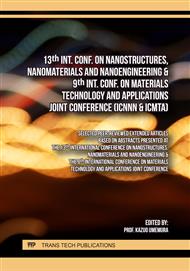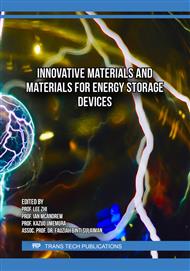p.37
p.51
p.63
p.73
p.87
p.97
p.103
p.109
p.115
Dynamic Behaviour of Geopolymer Concrete with Varied Compositions and Equivalent Compressive Strengths
Abstract:
Previous studies have suggested that incorporating crumb rubber into concrete enhances impact resistance and energy absorption. However, these studies often overlook the associated reduction in compressive strength when crumb rubber replaces fine aggregates, leading to comparisons between concretes with different strengths. This study addresses this gap by investigating the dynamic behaviour of two geopolymer concrete mixes, G1-25R and G2-0R, both designed to achieve similar compressive strengths despite their differing compositions. Mix G1-25R includes 25% crumb rubber replacement of fine aggregates and a binder composed of 90% fly ash and 10% Ground Granulated Blast Furnace Slag (GGBFS), while Mix G2-0R has no crumb rubber and uses only fly ash as the binder. Dynamic performance was assessed using a drop tower setup across six testing configurations. Results indicate that both mixes exhibit comparable peak impact forces and energy absorption capacities, which is attributed primarily to their similar compressive strengths. Although G1-25R’s crumb rubber content enhances ductility in static compressive tests, this increased ductility does not significantly influence dynamic resistance when compared similar strength geopolymer concrete with no crumb rubber. These findings suggest that crumb rubber can be effectively recycled in geopolymer concrete, providing comparable impact resistance and energy absorption to traditional concrete.
Info:
Periodical:
Pages:
97-102
Citation:
Online since:
March 2025
Authors:
Keywords:
Price:
Сopyright:
© 2025 Trans Tech Publications Ltd. All Rights Reserved
Share:
Citation:



